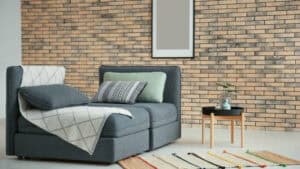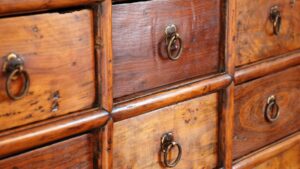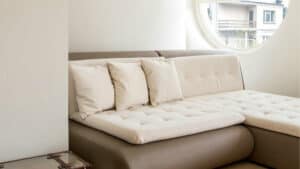Introduction
Maple wood comes from the Maple tree, scientifically known as Acer, which consists of various species. You can find most maple trees in North America, particularly in Canada, where it’s an abundant resource.
There are several types of Maple wood trees, including Acer saccharum (sugar maple), Acer saccharinum (silver maple), Acer rubrum (red maple), Acer nigrum (black maple), Acer macrophyllum (bigleaf maple), Acer pensylvanicum (striped maple), and Acer pseudoplatanus (sycamore maple).
You will appreciate how versatile and admired maple wood is in woodworking and furniture making. Furthermore, Hoolnn’s maple wood boasts outstanding durability, with a medium to heavy density and strength that withstands daily wear and tear.
Characteristics of Maple Wood
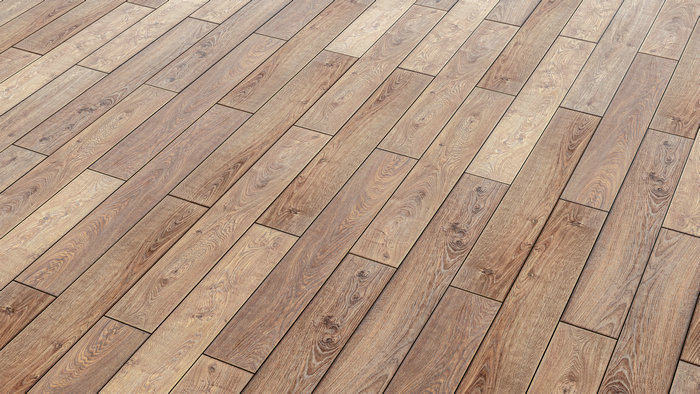
Appearance and Grain Patterns
You can expect a variety of grain patterns when using maple wood. Some common patterns include straight grain, blocks, birdseye, curly maple, and wavy. These patterns give maple wood its unique appearance, causing it to be sought after for many woodworking projects. The figured maple wood grain patterns are especially popular, as they showcase the natural beauty and distinct wood grain.
Strength and Durability
The strength and durability of figured maple wood come from two major types: hard and soft maple wood. The hardness of these varieties is measured on the Janka hardness scale, with hard maple being the stronger of the two. Hard maple has a Janka hardness of 1,450, making it an excellent choice if you want a strong, rock maple wood material for your project. You can use both hard maple and striped maple for hardwood flooring.
Color Variations
Maple wood comes in various color variations, ranging from white to reddish-brown. Compared to woods like walnut, oak, and cherry, maple tends to feature lighter maple wood color. Remember that the color can change slightly over time as the wood ages, adding to its charm and uniqueness.
Natural Resistance to Moisture and Insects
One of the advantages of maple wood is its natural resistance to moisture and insects. While it may not be as resistant as some other wood species, it still offers good protection against rot and insect infestation. However, proper maintenance and care are essential to ensure your maple wood projects’ longevity and optimal performance.
By understanding the characteristics of maple wood, you can better appreciate this popular and versatile material, which is suitable for numerous applications – from furniture to flooring to musical instruments. Always consider the appearance, strength, durability, color variations, and natural resistance when working with maple wood to achieve the best results.
Types of Maple Wood
Maple wood comes from the Acer genus, which contains over 100 species. Luckily, only a few of these species are commonly used for woodworking. Let’s review some of the main types of maple wood to help you make informed decisions for your projects.

Hard Maple (Acer Saccharum)
Features and Common Uses
Hard maple, also known as sugar maple or Acer Saccharum, is a type of hardwood that originates from the eastern region of North America. Due to its excellent strength and resistance, it is known for being utilized in various applications. Some common uses include flooring, lumber, musical instruments, baseball bats, and tools.
As you examine hard maple wood, you’ll notice its distinctive features, such as the fine and consistent grain alongside the contrast between its creamy white sapwood and light brown heartwood. This makes it an appealing wood choice for many artisans and woodworkers.
Notable Properties and Benefits
One of the reasons you may find hard maple wood appealing is due to its density and hardness. Acer Saccharum has an impressive Janka hardness rating, indicating its durability and wear resistance. This property is popular for high-traffic areas, such as hardwood flooring and cabinetry.
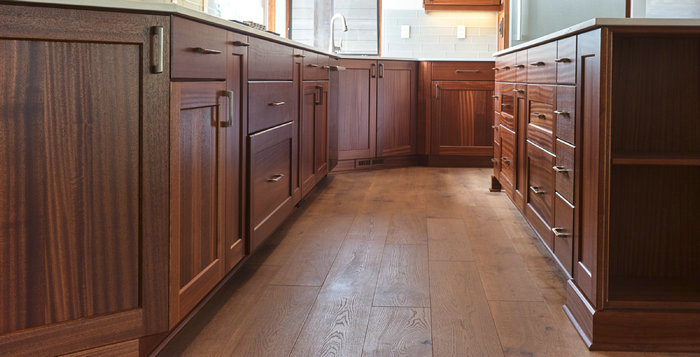
In terms of workability, hard maple is known for its strong resistance to splitting. This quality allows it to be effectively carved, turned, and shaped by various tools. Furthermore, it’s fine texture and light color make applying various stains and finishes easy, allowing you to customize your project.
Soft Maple (Acer Rubrum, Acer Saccharinum)
While hard maple is noted for its strength and durability, there is also a softer variety known as soft maple. The dense wood is derived from the dense Acer Rubrum and Acer Saccharinum trees. Although not as dense as hard maple, it shares similar visual features like grain and coloration.
It’s worth mentioning that soft maple is still considered hardwood but with a slightly lower Janka hardness rating than hard maple. This makes it easier to work with while still offering durability and resistance.
Ultimately, your choice between hard and soft maple will depend on your specific needs and preferences regarding strength, workability, and appearance.
Big leaf Maple
This species, commonly known as the Oregon maple, is native to the Pacific Northwest. Its wood tends to be lighter in color with a more distinct grain pattern than other maples. You will find it ideal for decorative pieces, veneers, and musical instruments.
Box Elder Maple
A unique type of maple wood, Box Elder is typically found in wetlands and riparian areas. Its wood has reddish streaks caused by a fungus, giving it a unique appearance. Box Elder is ideal for small wood-turning projects, decorative items, and bowls. When choosing maple wood for your projects, consider the following properties:
Color: Maple wood ranges from cream to reddish-brown, with some species showcasing impressive streaks and patterns.
Grain: The maple wood grain can vary from fine and straight to wavy or curly. Some species, like the bird’s eye maple, have distinctive patterns that make them highly sought after for decorative purposes.
Durability: Maple wood is known for its resistance to wear and tear, making it an excellent choice for high-traffic areas like flooring.
Importance and Popularity of Maple Wood in Various Industries
Maple wood is highly sought for its versatility and durability in the modern world. You will often come across this hardwood in furniture, flooring, lumber, and other applications.
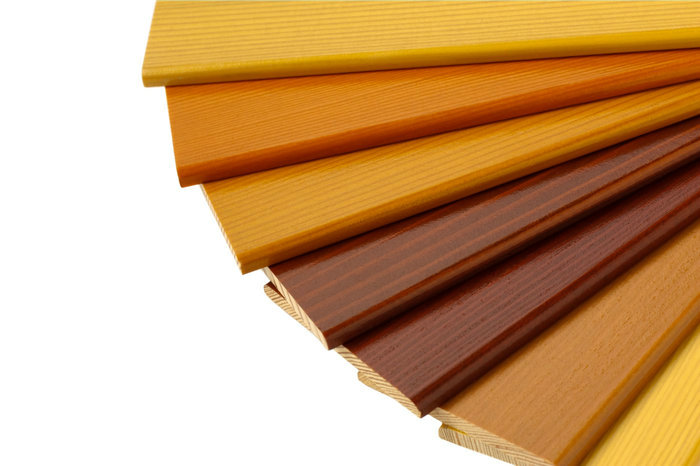
Furniture
Maple wood, specifically hard maple, is popular for creating beautiful and durable furniture. The wood of sugar maple (Acer saccharum) trees, found primarily in North America, exhibits a fine texture and a straight grain pattern, making it ideal for furniture design.
Your maple pieces may come in various hues, from white sapwood to reddish-brown heartwood. Additionally, maple wood can be stained easily and takes on a variety of finishes, enabling you to match it with your existing decor.
Flooring
Additionally, maple wood is well suited for flooring thanks to its density and durability. This hardwood is highly resistant to wear and tear, making it an excellent choice for high-traffic areas in your home.
Moreover, the straight grain and light coloration of maple flooring can make any space feel spacious and bright. Maple’s Janka hardness rating is higher than oak, ensuring that your floors stand the test of time.
Cabinetry and Millwork
Maple wood is a popular choice for cabinetry and millwork due to its workability and the variety of finishes it accepts. The pale color, typically from a creamy white to light reddish-brown, coordinates well with many other kinds of wood, allowing it to blend seamlessly into any design.
Additionally, hardwood like maple resists warping and can provide a durable, lasting base for your cabinets and woodworking projects.
Musical Instruments
Maple wood is often used to construct musical instruments, such as violins, cellos, and guitars. This wood has a tonal quality that musicians appreciate, given its ability to project sound effectively. The beauty of maple’s unique grain patterns, such as birdseye, curly, or wavy, also lends a visual appeal to instruments crafted with this material.
Tools and Sporting Equipment
Maple wood has long been preferred for crafting tools and sporting equipment. Its weight, strength, and sturdiness make it a reliable choice for workbenches, cutting boards, and wooden handles for machine tools. In the world of sports, maple is renowned as the wood used in making baseball bats, as it allows for balance, durability, and strong hits.
Versatile Uses and Benefits for Home and Furniture
Maple wood has long been appreciated for its durability, strength, and beautiful appearance. This versatile hardwood is commonly utilized in various applications such as furniture, cabinetry, and flooring. Its unique and desirable characteristics have made it popular among builders, craftspeople, and homeowners.
Sustainability and Environmental Impact
Sustainability and environmental impact are significant concerns when selecting materials for any project, and maple wood is no exception. Fortunately, maple trees are fast-growing, which makes them a renewable resource. Maple wood products can also be sourced from responsibly managed forests that prioritize environmental conservation.
Caring for and maintaining maple wood products is essential to extend their longevity and preserve their natural beauty. Routine cleaning and protective measures keep these items looking great for many years.
Maple Wood as a Renewable Resource
Maple wood, including hard maple and sugar maple (Acer saccharum), is a renewable resource that grows naturally in North America. As a part of the Acer genus, maple species like Acer saccharum and Acer nigrum are native to this region. When managed responsibly, maple tree forests can provide an ongoing source of wood without causing significant ecological harm.
You might appreciate that maple trees, such as sugar maple and hard maple, can also be tapped to produce maple syrup, adding to their value as a multifunctional and renewable resource.
Forest Management Practices and Certifications
Several best practices have been developed for forest management to ensure the sustainability of maple wood production. These practices help preserve the health of maple trees and their ecosystems while allowing for responsible harvesting.
Reforestation: After harvesting maple trees, new seedlings are planted to maintain the population and ensure a continuous wood supply.
Selective Cutting: Instead of clear-cutting, only selected trees are harvested. This maintains the forest’s structure and biodiversity and supports the ecosystem’s health.
Monitoring and Certification: Organizations such as the Forest Stewardship Council (FSC) and the Sustainable Forestry Initiative (SFI) monitor and certify responsible forest management practices. By choosing products with these certifications, you can be confident that your maple wood has been harvested sustainably.
Responsible Sourcing and Environmental Considerations
When sourcing maple wood, it’s essential to consider the environmental impact of your choice, including the following:
Buy from certified sources: To support sustainable forestry, choose products certified by the FSC, SFI, or similar organizations.
Regional sourcing: Transportation of wood products contributes to greenhouse gas emissions. To minimize this impact, source maple wood from nearby locations, especially in Canada and North America, where the species are naturally abundant.
Use alternatives where appropriate: Unique types of maple wood, such as birdseye maple, can be rare and expensive. Consider using alternatives that are more readily available or reclaimed wood, which has a lower environmental impact in certain situations.
By researching and understanding the species, like Acer saccharum, and considering responsible sourcing and forest management, you can positively impact the environment while enjoying the benefits of maple wood.
Care and Maintenance of Maple Wood

Cleaning Techniques and Products
- Regular cleaning is essential to maintain the beauty of your maple wood furniture and flooring. Sweep or vacuum your maple floors frequently to remove dust and dirt.
- For furniture, use a soft cloth to wipe off dust. When dealing with spills or stains, immediately clean the affected area with a damp cloth, and remember to avoid using harsh chemicals or abrasive cleaning products.
- When choosing a wood cleaner for your maple wood, opt for a gentle, pH-neutral solution specifically designed for hardwood. Always follow the manufacturer’s instructions, and test a small, inconspicuous area before applying the product to the entire surface.
Protection Against Scratches and Dents
Maple wood is known for its Janka hardness but is still susceptible to scratches and dents. To prevent damage:
- Use furniture pads or protectors under heavy or sharp objects.
- Place rugs or mats in high-traffic areas on your maple hardwood floors.
- Refrain from sliding or dragging furniture or heavy items across your floors or surfaces.
- Keep your pets’ nails trimmed to avoid unwanted scratches.
Preserving the Natural Beauty of Maple Wood

Maple wood comes in various grain patterns, such as curly, wavy, and birdseye maple, which uniquely charms furniture and flooring. To enhance and preserve the natural beauty of your maple wood:
- Avoid exposing your wood to direct sunlight, which can cause the color to fade. Ensure you maintain a consistent humidity level in your home to prevent warping or shrinkage.
- Consider staining and finishing your maple wood items when it’s time for a more thorough restoration. Opt for high-quality stains designed explicitly for maple, and follow the manufacturer’s instructions. Finishing with a durable, clear topcoat will help protect your wood from wear and tear.
Following these care and maintenance tips ensures that your maple wood furniture and flooring remain in excellent condition for years.
Why Choose Hoolnn’s Maple Wood Furniture?
The beauty and versatility of maple wood is undeniable, and Hoolnn is committed to providing high quality while remaining committed to environmental sustainability.
Its attractive colors, ranging from reddish-brown to lighter shades, and desirable textures make it an appealing option for any woodworking project.
Also, you will be fascinated by the material’s workability, resistance to wear and compatibility with various finishes add to its charm.
In addition, Hoolnn’s maple wood offers an excellent balance between quality and cost compared to hardwoods like cherry and walnut. While it may be cheaper than some alternatives, you won’t be sacrificing performance or aesthetics.
Whether you’re a seasoned woodworker or just starting, maple wood is a reliable choice for any project that demands beauty and strength. Feel free to explore Hoolnn’s collection on our website.
Order in Bulk Today
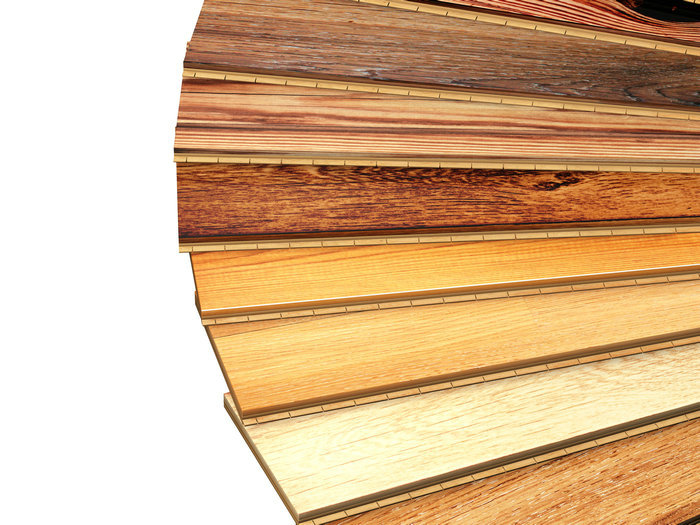
Send us a message via the customer contact form to order the best maple wood materials for your project.

